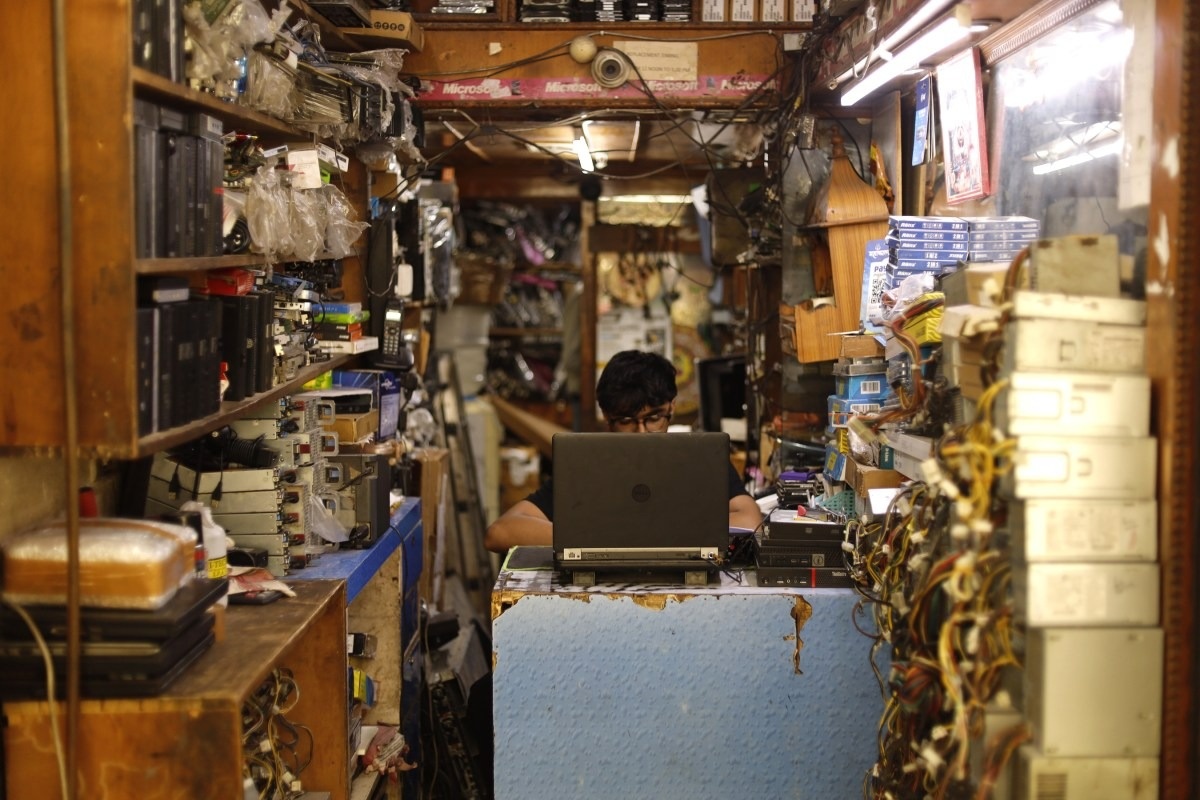
In the dim, cramped repair shops of New Delhi, India, "Frankenstein" laptops are being reborn.
Frankenstein is a hideous monster in the novel by British writer Mary Shelley in the early 19th century, a horror image that is always present in Western Halloween festivals.
In the tech industry, the term is used to describe devices that have been severely degraded in appearance, but are “resurrected” by combining parts from different brands and are sold to students, freelancers, and small businesses, giving access to technology to people who otherwise would not be able to afford new machines.
Refurbished laptop scrap market
Sushil Prasad, a 35-year-old technician, painstakingly assembles old parts, creating working machines at surprisingly low prices.
“There is a huge demand for these refurbished laptops right now. People don’t care about having the latest model. They just want something that works and isn’t too expensive,” Prasad said as he replaced a broken motherboard.
From Delhi's Nehru Place market to Mumbai's Lamington Road, technicians like Prasad are taking broken, outdated laptops that many consider trash and turning them into working devices at low prices.
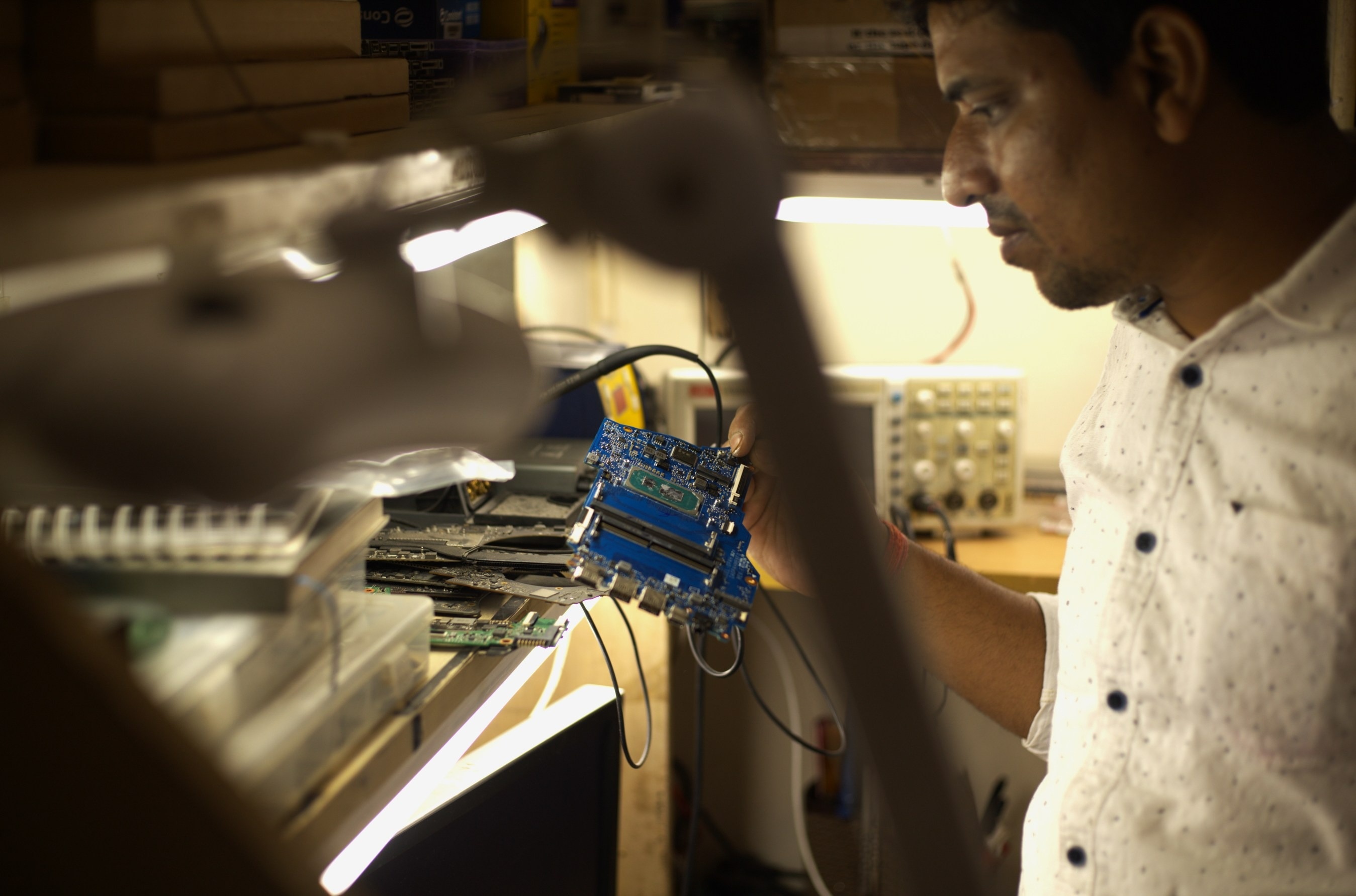 |
Prasad studies a motherboard to choose from for refurbished laptops. Photo: The Verge. |
“We take usable components from old or discarded systems to create a new working device. For example, we salvage parts from old laptop motherboards, such as capacitors, touchpads, transistors, diodes, and some ICs. These are then used in refurbished machines,” Prasad explains.
Manohar Singh, the owner of the shop and repair shop where Prasad works, opened a refurbished laptop. The screen flickered, then lit up. He smiled — a sign that another machine had been successfully “saved.”
“We actually make them from scrap! Also, my shop buys old laptops and e-waste from countries like Dubai and China, repairs them and sells them at half the price of a new one,” Singh said.
According to the shop owner, a college student or freelancer can easily get a good machine for around $110 , instead of spending around $800 on a new one. “For many people, that difference can help them get to work or study,” Singh explained.
The Bigger War
But this booming market doesn't exist in isolation. According to The Verge , it's tied to a much larger battle between small repair technicians and global tech giants.
While these “Frankenstein” laptops are a lifesaver for many, the repair industry as a whole faces significant hurdles.
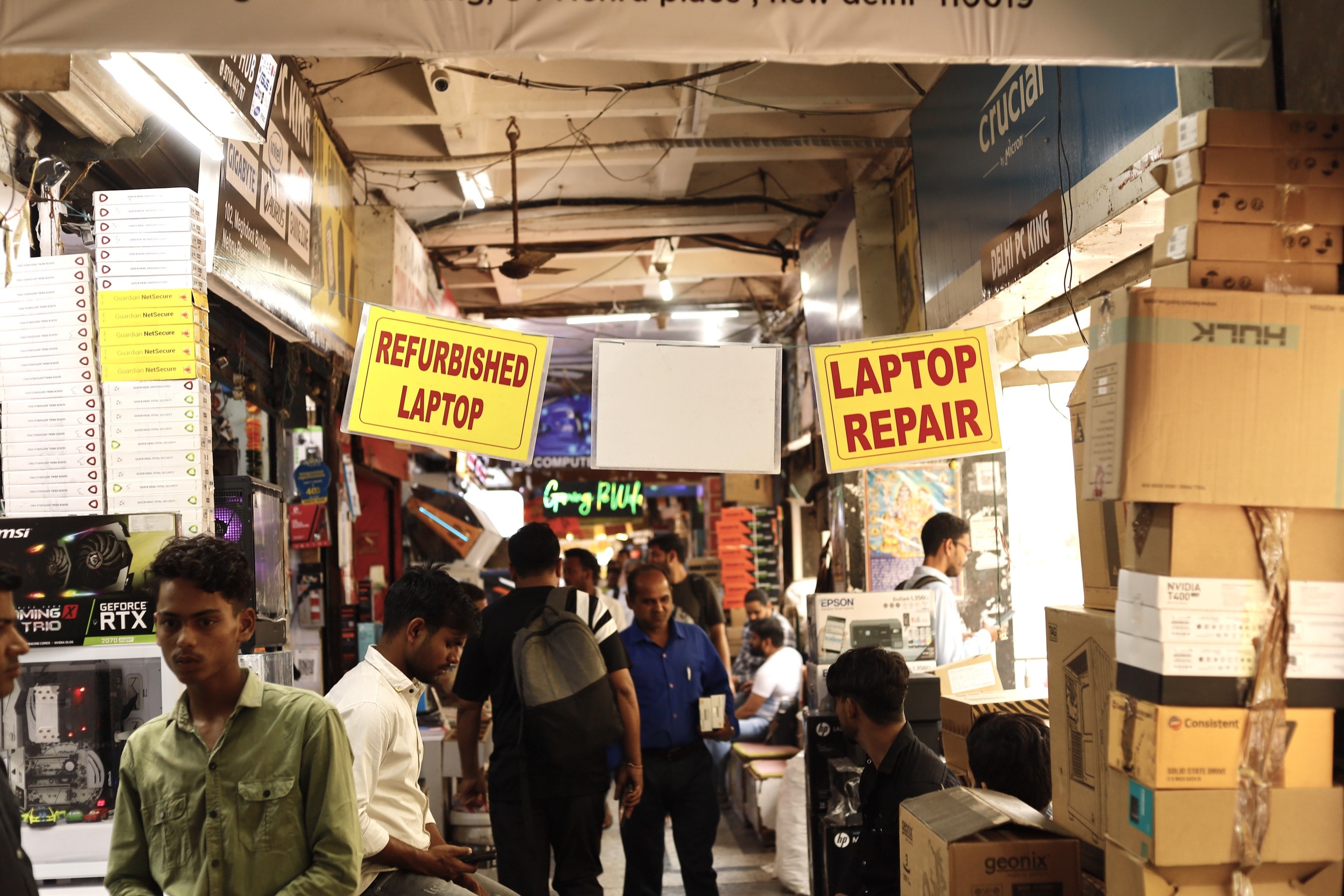 |
One of the laptop repair streets at Nehru Place. Photo: The Verge. |
To combat refurbished machines, many global manufacturers deliberately make repairs difficult by restricting access to spare parts, using proprietary screws, and implementing software locks that force customers to buy new devices rather than repair old ones.
Satish Sinha, associate director at Toxics Link, a non-profit that works on waste management, believes repair technicians like Prasad and Singh are in a bigger fight.
“India has always had a repair culture. From repairing radios to repairing old mobile phones. However, companies are pushing for planned obsolescence, making repairs more difficult and forcing people to buy new devices,” Sinha said.
Sinha believes that the reuse of such materials should be encouraged. These “hybrid” devices that are repaired or refurbished reduce waste by extending the life of the product and reducing the amount of waste entering the market overall.
In addition, reusing components also reduces the need for new materials, energy use, resource extraction and environmental impact.
Inspired by similar efforts in the European Union and the US, the Indian government has begun discussing a “right to repair” law.
However, The Verge said progress is still slow, and repair shops will have to continue operating in a legal limbo, forcing them to source various parts from informal markets and e-waste markets.
As a result, many repair technicians have no choice but to rely on informal supply chains, with markets like Delhi’s Seelampur—India’s largest e-waste hub. Seelampur currently processes about 30,000 tonnes of e-waste every day, providing jobs to nearly 50,000 informal workers who mine valuable materials from it.
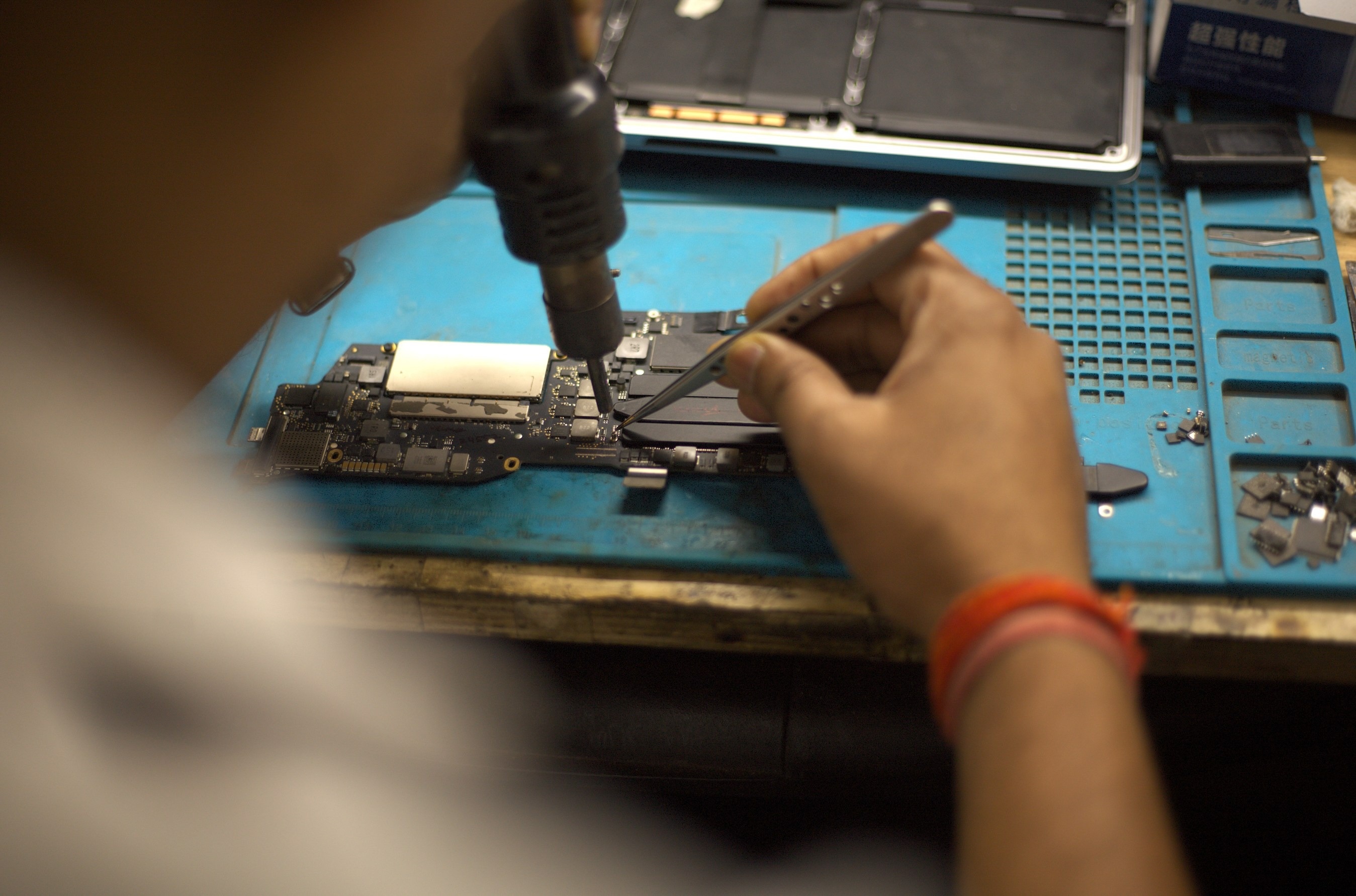 |
Instead of spending around $800 on a new machine, users in India can buy a refurbished laptop that still works well for around $110 . Photo: The Verge. |
The market is a chaotic maze of discarded electronics, where workers sift through mountains of broken motherboards, tangled wires and shattered screens, searching for usable parts.
However, while e-waste recovery provides cheap repair materials, it also comes at a high cost. Without proper safety measures, workers are forced to handle toxic materials such as lead, mercury and cadmium on a daily basis.
“I cough a lot. But what can I do? This job feeds my family,” admits Farooq Ahmed, an 18-year-old scrap dealer who has spent the past four years sourcing laptop parts for technicians like Prasad with a sheepish smile.
Source: https://znews.vn/nghe-hoi-sinh-laptop-tai-an-do-post1545271.html




![[Photo] General Secretary and President of China Xi Jinping arrives in Hanoi, starting a State visit to Vietnam](https://vstatic.vietnam.vn/vietnam/resource/IMAGE/2025/4/14/9e05688222c3405cb096618cb152bfd1)

![[Photo] Prime Minister Pham Minh Chinh receives Chairman of Commercial Aircraft Corporation of China (COMAC)](https://vstatic.vietnam.vn/vietnam/resource/IMAGE/2025/4/14/93ca0d1f537f48d3a8b2c9fe3c1e63ea)


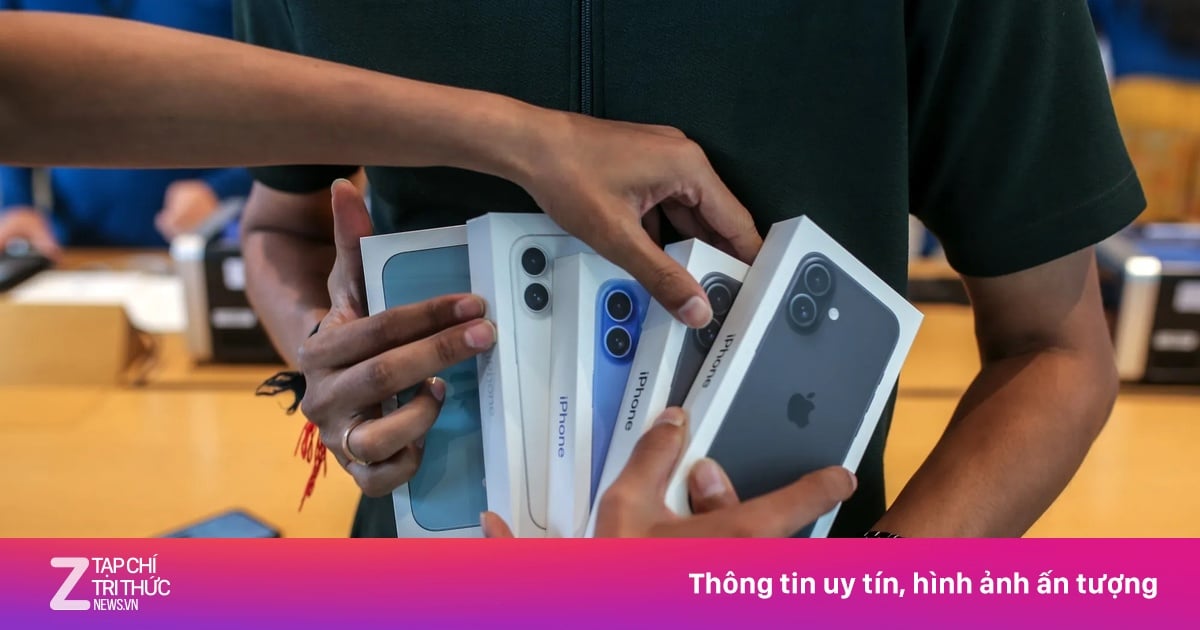

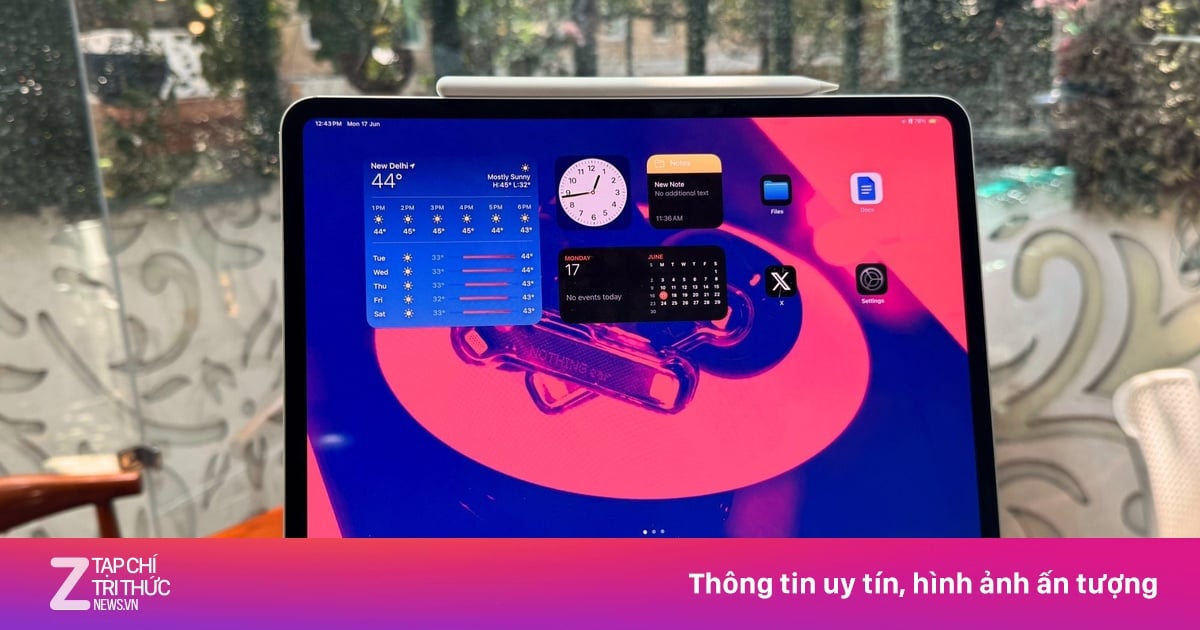





































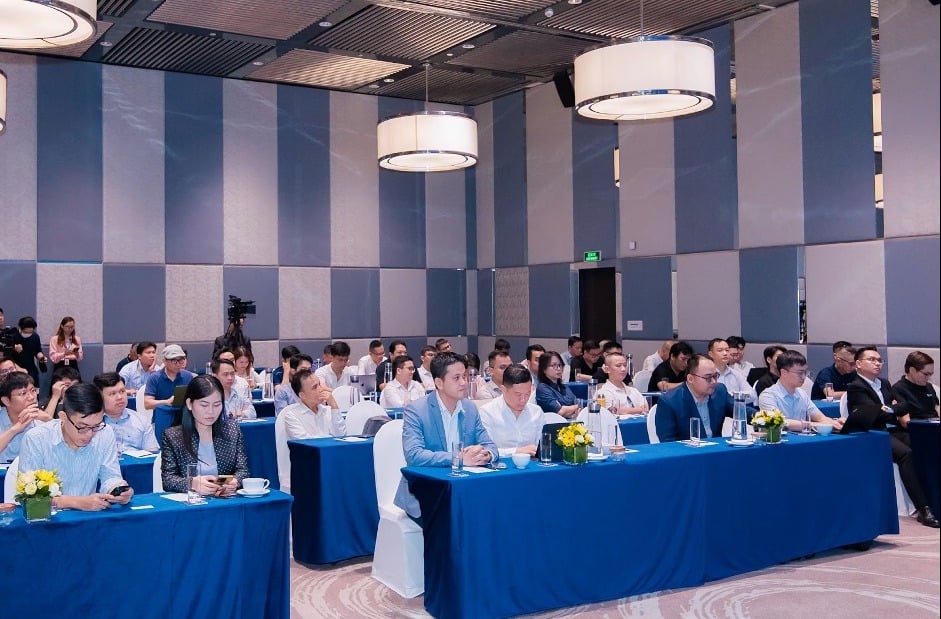



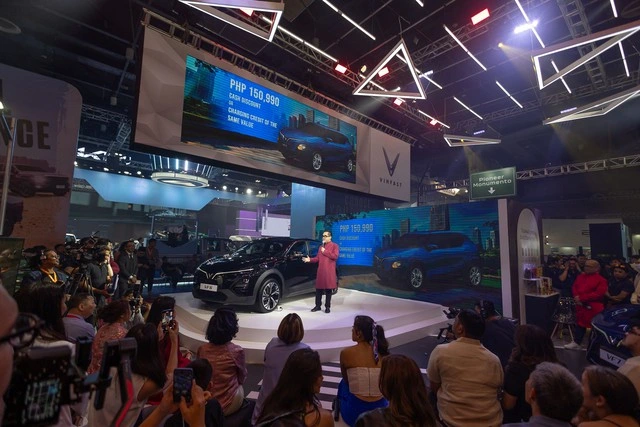





















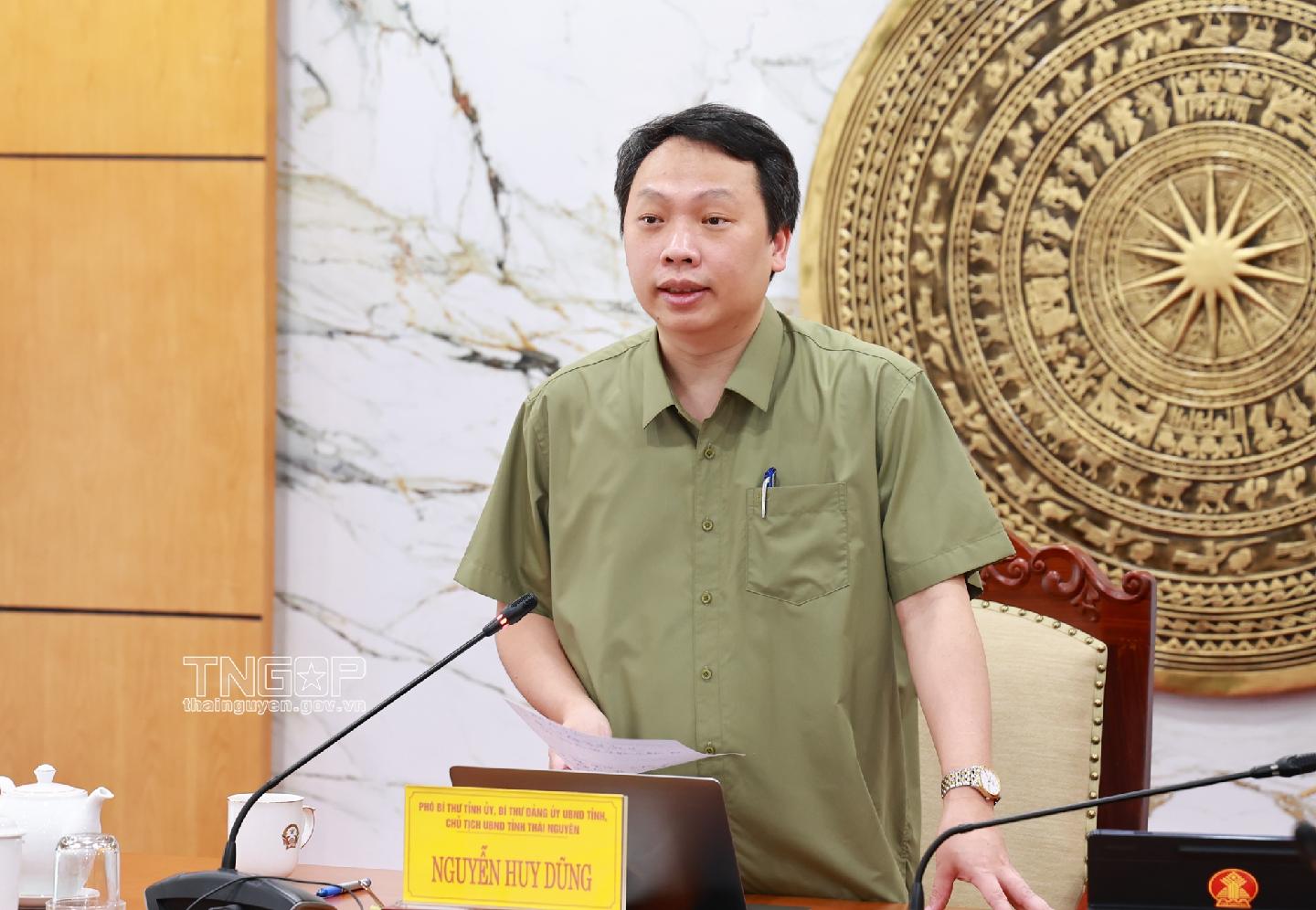












Comment (0)